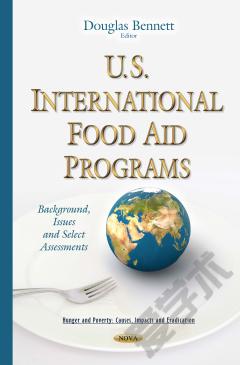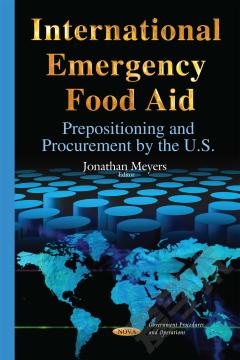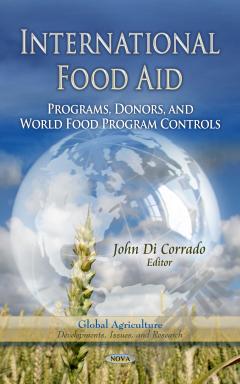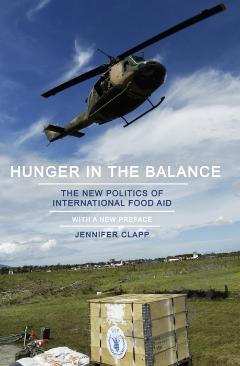International Food Aid: Select Assessments
For more than 50 years, the United States, which accounts for about half of global food aid supplies, has played an important role in alleviating malnutrition and hunger, especially during emergencies. In fiscal year 2010, the United States spent about $1.5 billion on emergency food aid that reached about 46.5 million beneficiaries. To preserve the nutritional value of food aid, quality controls are in place throughout the supply chain. This book examines select assessments of international food aid with a focus on how better nutrition and quality control can further improve U.S. food aid; the extent to which U.S. agencies meet requirements to ensure that monetization does not cause adverse market impacts; and the USDA's oversight of the McGovern-Dole Food for Education Program
{{comment.content}}








 京公网安备 11010802027623号
京公网安备 11010802027623号